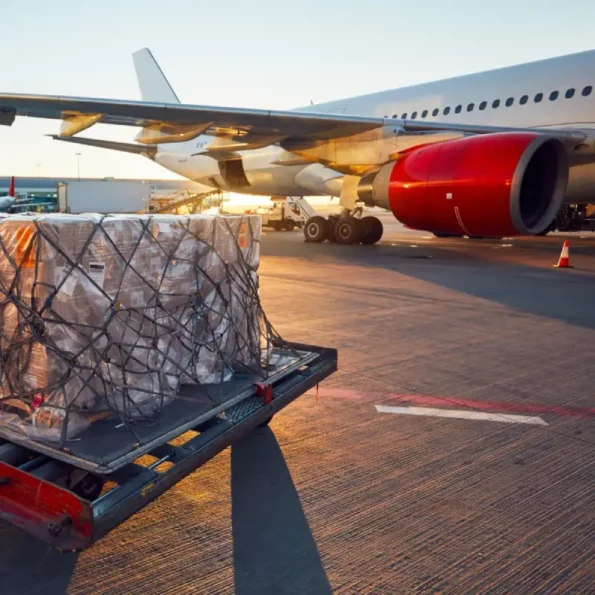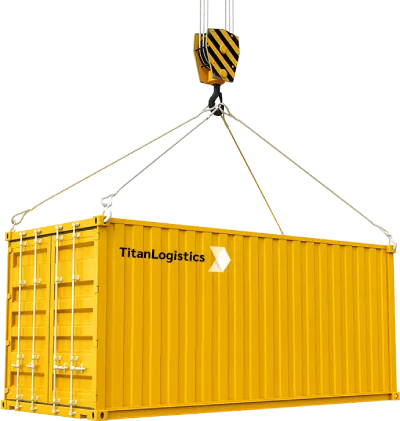
Collaborative Efforts in Sea Freight
Collaboration is the linchpin in optimizing sea freight operations.
From manufacturers to freight forwarders, and port authorities to shipping lines, everyone must work together seamlessly to ensure the smooth flow of goods across oceans.
Key Collaborative Practices
- Communication is Key: Open lines of communication between all stakeholders facilitate real-time updates, reducing delays and enhancing overall efficiency.
- Data Sharing: Collaborative platforms for sharing relevant data streamline processes, enabling better decision-making and proactive issue resolution.
- Risk Mitigation: Collaborative risk assessment allows for the identification and mitigation of potential challenges, ensuring a more resilient supply chain.
- Shared Resources: Efficient use of shared resources, such as containers and storage facilities, reduces costs and environmental impact.
- Joint Planning: Collaborative planning optimizes routes, minimizes transit times, and improves overall supply chain predictability.
- Continuous Improvement: Regular feedback loops and joint reviews lead to continuous improvement, fostering adaptability and resilience.







